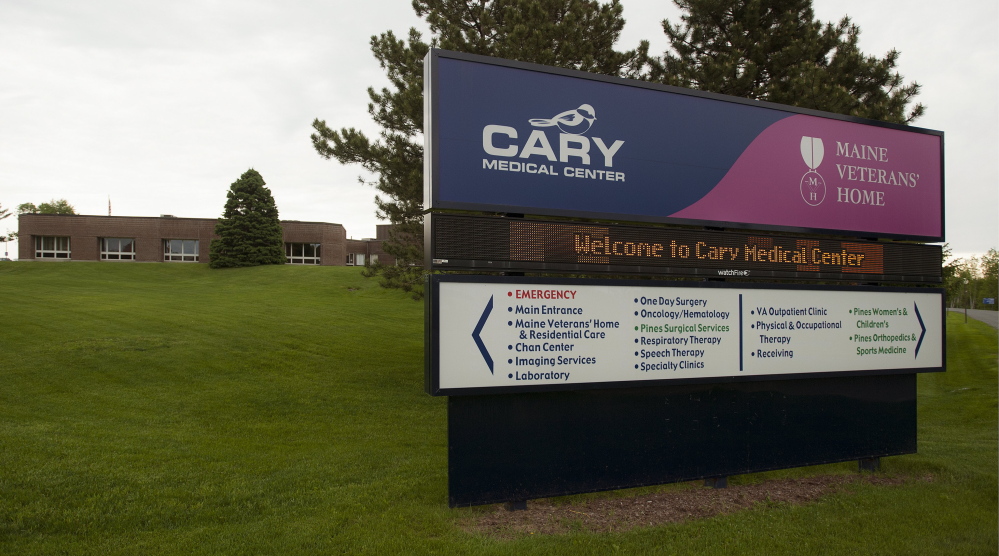More than 100 of Maine’s hospitals and health care facilities are now connected by a new private telecommunications network that will allow physicians at the most rural facilities to provide a higher level of patient care.
The New England Telehealth Consortium, based in Bangor, recently reached a milestone when it connected its 300th facility, Sebasticook Family Doctors in Newport, to the network. That means that the physicians at Sebasticook Family Doctors now have a more reliable and secure data network to access specialists at hospitals from Portland to Los Angeles, or share high-resolution MRI scans with experts as far away as Australia.
The consortium’s new private telehealth network, built at a cost of roughly $30 million, has two benefits, according to Brian Thibeau, the consortium’s president. One is economic, as the consortium reduces administrative costs for participating hospitals and health-care facilities that would otherwise have to pay for high-speed broadband service on an open network. It also has the power to reduce overall health care costs by, for example, allowing a patient in Newport to video conference with a specialist in Boston rather than traveling there for an appointment.
“It’s important that those critical access hospitals have these kinds of connections so they can make accurate decisions about the patient and whether they need to be transported,” Thibeau said.
“Because obviously if they can communicate with those tertiary centers and get accurate diagnoses and treatment plans, it may forgo the need to transport patients to those other locations.”
The consortium has 85 health- care systems that operate 325 facilities throughout Maine, New Hampshire and Vermont. It has 108 sites in Maine. In 2007, the nonprofit group received a $24.6 million grant from the Federal Communications Commission’s Rural Health Care Pilot Program to bring telemedicine to the region. It was the largest amount received by any one group at the time, according to Jim Rogers, president of ProInfoNet and manager of the consortium’s network.
“When this money came out back in 2007 the Federal Communications Commission made a statement that their goal was to interconnect every health-care facility in the United States,” Rogers said.
Medical facilities already using the network have reported significant advances. For instance, Rogers said a doctor commented to him that he could view an island-dwelling patient’s throat better using a high-definition tele-stethoscope than using a conventional stethoscope in his office. Before connecting to the NETC network, the tele-stethoscope images were pixelated.
And health care providers at Cary Medical Center in Caribou can now send large data files such as X-rays, MRIs and other scans to Eastern Maine Medical Center in real time, much faster than the previous transmission time.
FINISHING THE JOB
The $24.6 million subsidized 85 percent of the cost to build this network, he said. The actual build-out of the network was done by vendors, of which FairPoint Communications was the largest. It received a $16 million contract in 2011 to build the majority of the network.
“There are NETC facilities from York County to Fort Kent,” said Mike Reed, FairPoint’s president in Maine. “It pretty much covers the entire area of the three states. It’s not just a spot here or there. It’s really a full three-state effort.”
FairPoint has 25 more facilities to connect to the network. There’s no set date for completion.
While the original $24.6 million has been exhausted, Rogers and Thibeau said the consortium will have access to the Healthcare Connect Fund, a new FCC program that will provide $400 million a year to fund the expansion of telemedicine in rural areas.
“There’s a lot of money in the pot not being used and we’re trying to get that money to health- care facilities in our state,” Rogers said.
Send questions/comments to the editors.



Comments are no longer available on this story